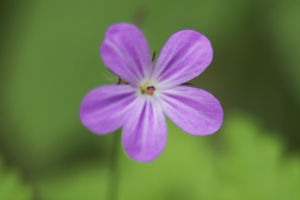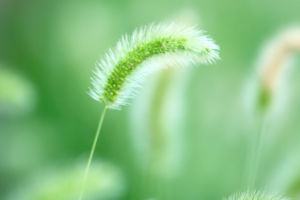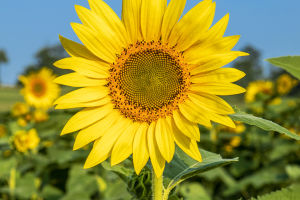Madagascar, the fourth largest island in the world, is renowned for its rich biodiversity and unique flora.
Among its fascinating plant species is Drosera madagascariensis, a captivating carnivorous plant that showcases nature's ingenuity and adaptability.
Drosera madagascariensis, commonly known as the Madagascar sundew, is a member of the Droseraceae family. This perennial plant is known for its sticky, glandular leaves that form a rosette. It primarily thrives in the humid, nutrient-poor soils of Madagascar's wetlands, marshes, and swamps. What makes this plant particularly intriguing is its carnivorous nature, which allows it to thrive in environments where most plants would struggle.
The Anatomy of a Predator
The most striking feature of Drosera madagascariensis is its leaves, which are covered in glandular hairs tipped with a sticky substance. These hairs, or tentacles, secrete a sweet-smelling mucilage that lures unsuspecting insects. When an insect lands on the leaf, it becomes ensnared by the sticky secretion. The more the insect struggles, the more entangled it becomes.
Once trapped, the plant's tentacles slowly curl around the prey, increasing contact with the digestive glands. These glands then secrete enzymes that break down the insect's soft tissues, allowing the plant to absorb essential nutrients, particularly nitrogen, which is scarce in the soil where it grows. This process can take several days, after which the plant reopens its leaves, ready to trap its next meal.
Adaptations and Survival
Drosera madagascariensis has evolved several adaptations to maximize its chances of survival in harsh environments. Its ability to derive nutrients from insects gives it a significant advantage over other plants in nutrient-poor soils. Additionally, the plant's rosette growth form allows it to efficiently capture sunlight, while its mucilage protects it from desiccation.
One of the most remarkable adaptations of Drosera madagascariensis is its resilience. It can endure periods of drought by entering a state of dormancy, during which it loses its leaves and reduces metabolic activity. When conditions improve, the plant rapidly regenerates, producing new leaves and resuming its carnivorous lifestyle.
Ecological Role
Drosera madagascariensis plays a vital role in its ecosystem. By preying on insects, it helps control insect populations, thus maintaining a balance in the food web. Moreover, the nutrients it releases into the soil after digesting its prey can benefit other plants in the vicinity, fostering a diverse plant community.
In addition to its ecological contributions, Drosera madagascariensis serves as a subject of scientific interest. Researchers study this plant to understand the mechanisms of carnivory and the evolutionary processes that lead to such unique adaptations. Its ability to thrive in challenging environments offers insights into plant resilience and survival strategies, which could have broader applications in agriculture and conservation.
Cultivation and Conservation
Drosera madagascariensis has also captured the attention of horticulturists and plant enthusiasts. Its striking appearance and fascinating behavior make it a popular choice for carnivorous plant collections. However, cultivating this plant requires specific conditions that mimic its natural habitat, including high humidity, acidic soil, and ample sunlight.
Despite its resilience, Drosera madagascariensis faces threats in the wild. Habitat destruction due to agriculture, logging, and human encroachment poses a significant risk to its populations. Conservation efforts are crucial to preserving this unique species and its habitat. Protected areas and sustainable land management practices can help ensure the survival of Drosera madagascariensis and the many other unique species that call Madagascar home.
Drosera madagascariensis is a remarkable example of nature's ingenuity. Its carnivorous adaptations allow it to thrive in environments where few plants can survive, and its role in the ecosystem underscores the interconnectedness of all living organisms. As we continue to explore and understand the natural world, plants like Drosera madagascariensis remind us of the incredible diversity and resilience of life on Earth.
By appreciating and conserving these unique species, we can ensure that future generations will continue to marvel at the wonders of nature. Drosera madagascariensis, with its sticky traps and predatory prowess, is a testament to the extraordinary adaptations that enable life to flourish in even the most challenging conditions.


